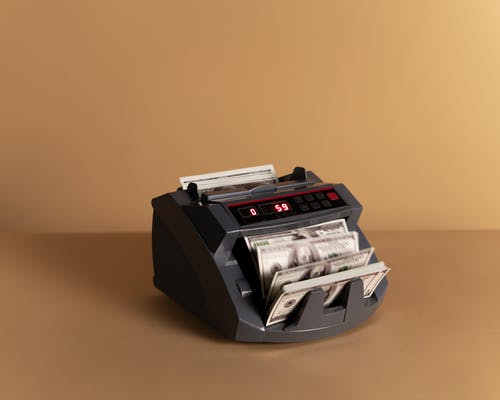Do you want to get your business documents translated, but you are unsure whether to use a professional human translator or machine translation? Please sit back and enjoy while I explain the main differences, advantages, and disadvantages of the two options.
What is human and machine translation?
Machine translation is done by a computer without the intervention of professional human translators. In our world today, a wide range of automatic translation tools are available to everyone to translate texts into hundreds of different languages within seconds. Google Translate is certainly the most popular machine translator for the general public.
There are different methods of machine translation (neural MT, statistical MT, and RBMT – rule-based MT). As the name suggests, human translations are carried out by an expert human translator who, thanks to appropriate professional training, has a perfect command of the respective language combination and is very familiar with the translation process. Human translation and machine translation are, therefore, completely different processes.
What are the main differences between human and machine translations?
Machine and human translations have many differences: Talk of price, speed, quality, Natural flow, functionality, etc. I’ll shed more light on the differences between the two options, please read between the lines.
The speed:
A professional human linguist can only translate around 2000 words per day, while machine translation enables more than double that amount in most cases. The combined method can translate between 3500 and 7000 words a day. In this case, the machine translation seems to have an edge, but is it all it seems?
The text quality:
However, machine translation is by far not all of its advantages. It is primarily a literal translation that cannot take the cultural context and the particularities of the targeted readers into consideration. The result is often unreliable, inaccurate, and mostly incoherent. This is the outcome in eighty out of a hundred cases. In this case, it’s obvious the human translation is advantageous. That’s where online professional translation services like translate UK come in, offering culturally nuanced and context-aware translations you can trust.
The cost:
Due to no or little mental effort, a business translation agency that employs machine in its translation works are inclined to charge less. This is owing to the fact that machines execute their translations for them and they don’t have to pay for an expert service. With this, the price is reduced, but at what cost?
Creativity, Natural flow and its peculiarities:
The human translation has the advantage of being from a professional native translator, whereby the work is effortlessly translated in his native language, having mastered the source language expertly. He also has skills that a computer cannot provide: (creativity, Natural flow, feeling for language, ability to interpret within the same context, etc). This enables him to consider the context of the translation.
On the other hand, he is well informed of the targeted country of the translation. This enables him to take cultural sentiment into account and to adapt the text to the culture and peculiarities of the country in question. The result has a natural flow, eloquence, and splendor which a machine translation can never attain or a mere human translator. It’s only an expert translator that provides you with such accurate results. This is why you need the expert touch of Protranslate’s online professional translation service.
Human vs. Machine Translation: Which Should I Choose?
The choice of who to employ between human translation and machine translation primarily depends solely on you, then secondly; on the following criteria. Such as the type of translation, the language combination, and the budget available for the translation. However, you should avoid a machine translation if you intend to use your document for publications or distributions. Be it for customers, business partners, or other audiences, because incorrect texts can damage your company’s reputation.
When should I hire a human translator?
For documents that are intended for distribution, it is important to seek out a professional translator to preserve your company’s image. Human translation is therefore preferable for advertising and marketing texts, business texts or websites, etc. The same applies to documents that require special professional skills. Professional translation is indispensable, especially for marketing and advertising content, which is mostly cultural.
In any case, please note that the quality of a human translation depends on the translator and their experience and competence in the respective subject. It is therefore important to choose your service provider wisely.













 Bitcoin
Bitcoin  Ethereum
Ethereum  Tether
Tether  XRP
XRP  USDC
USDC  TRON
TRON  Lido Staked Ether
Lido Staked Ether  Cardano
Cardano  Avalanche
Avalanche  Toncoin
Toncoin  Wrapped SOL
Wrapped SOL